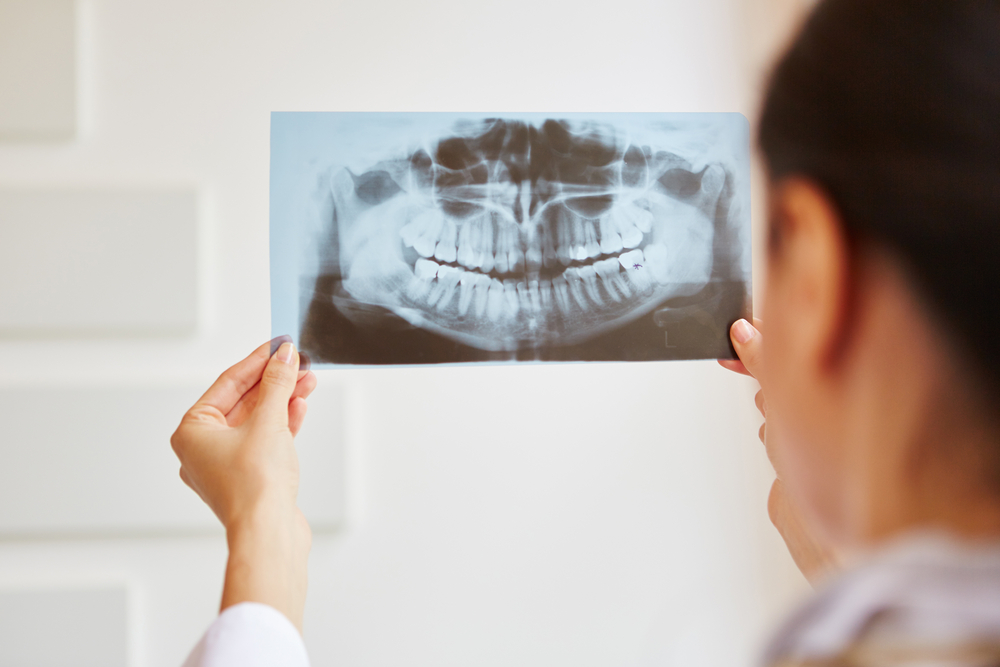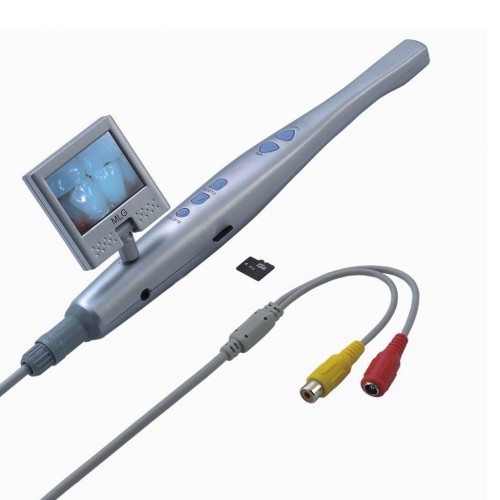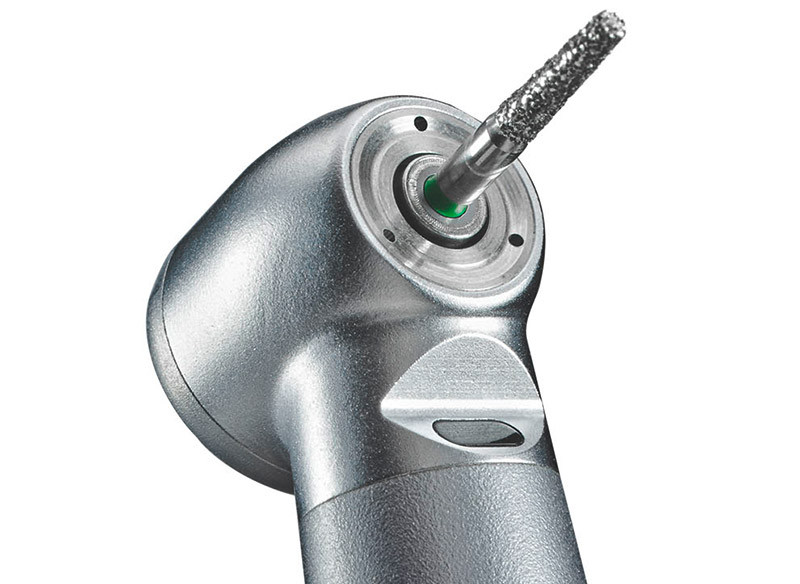Studies have shown that cross-contamination between patients can result from the backflow of bacteria dislodged from dental suction unit. A PubMed study revealed that the majority of the bacteria isolated from backflow samples were staphylococci, micrococci, and non-fermenting Gram-negative rods. Infectious agents such as Pseudomonas aeruginosa and Staphylococcus aureus were also isolated from backflow fluids.

Here are six things you can do to avoid backflow episodes:
1.Never create a vacuum by sealing your lips around the saliva ejector
2.Never suck on the saliva ejector
3.Ask your dental professional if they use a backflow prevention mechanism
4.Ask your dental professional how often they flush the vacuum lines. (Ideally, they do it after every patient.(Click here to buy contra-angle speed-increasing handpiece)
5.Ask your dental professional about single-use evacuation options
6.Tell your dental professional that you value their attention to equipment cleanliness
Although the risk of cross-contamination due to backflow is considered to be low, infection control should always be a top priority. Disposable and single-use evacuation products are available to lessen the risk of patient-to-patient contamination.
Related articles:
Why do we need teeth whitening? What is the best way to whiten your teeth?








